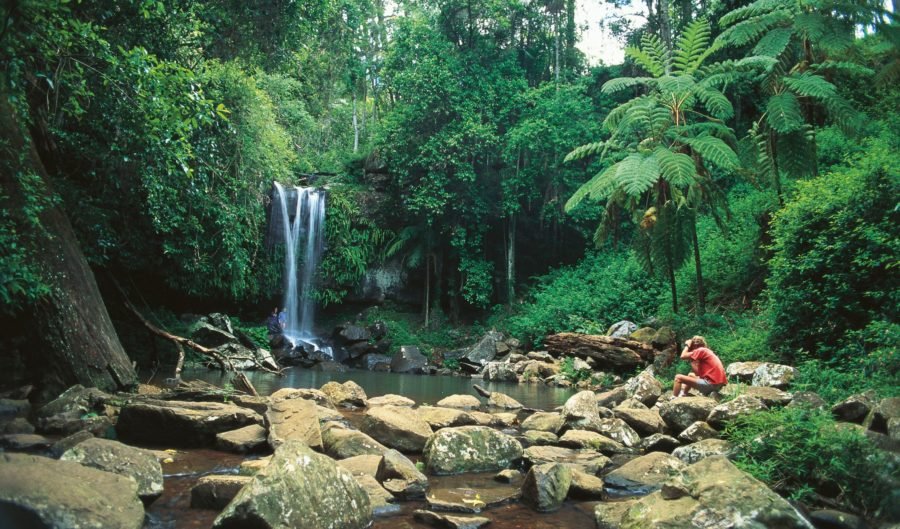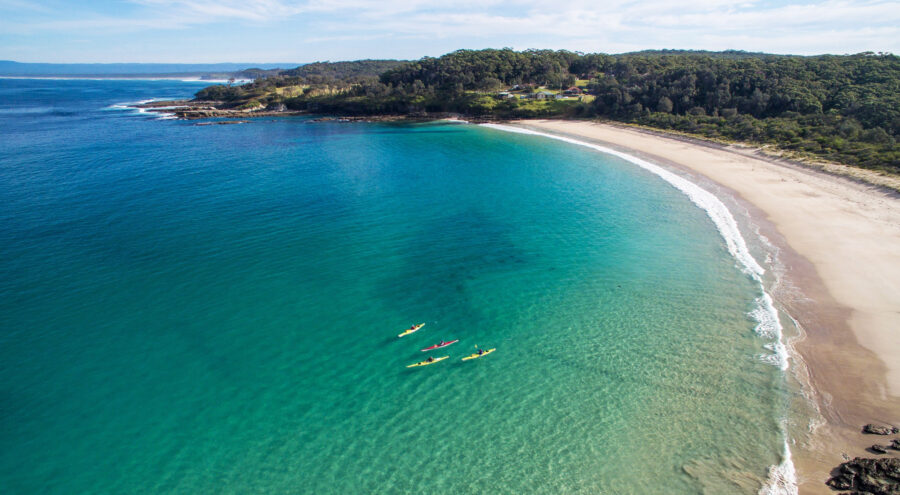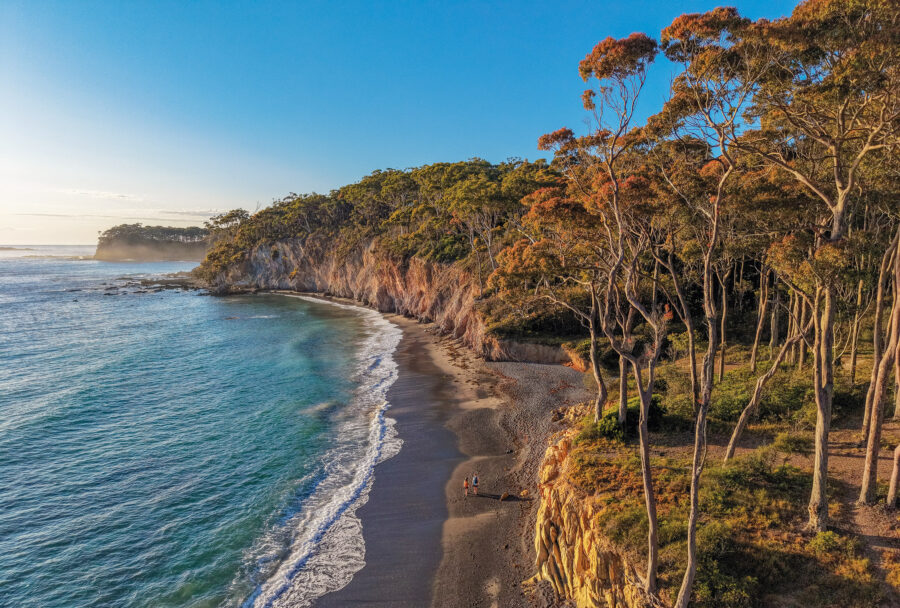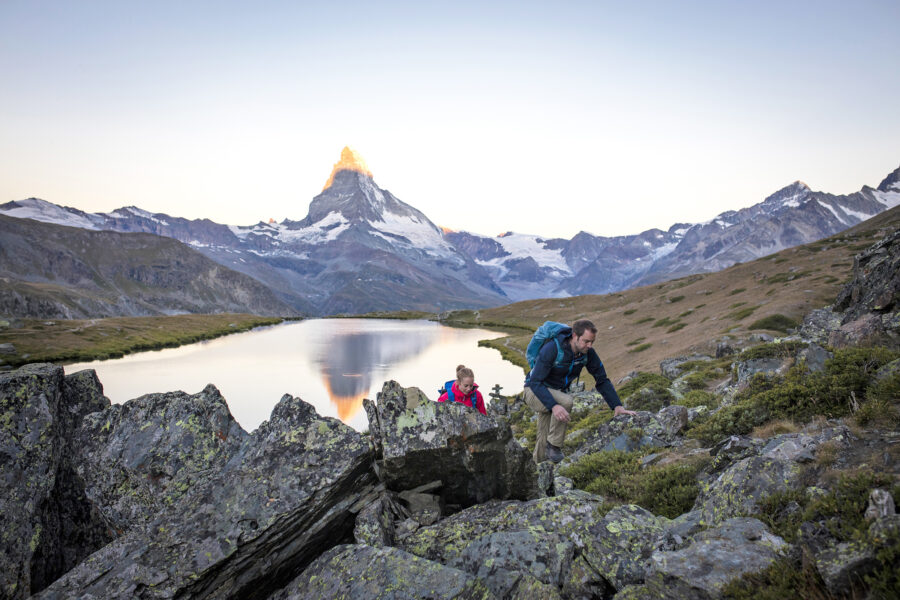Tamborine National Park, QLD

Tamborine National Park, an easy drive from the main beaches (just 45 minutes from Surfers Paradise), became Queensland’s first national park when the Witches Falls section gained this designation in 1908. The northernmost remnants of a volcanic eruption on Mt Warning 20-23 million years ago, Tamborine Mountain is today characterised by rainforest-fringed waterfalls, rocky outcrops and basalt cliffs.
GET INTO IT
Bushwalking:
The park is comprised 14 sections, six of which offer bushwalking tracks which range in difficulty from Australian Standard class 1 to 4. These walks may last from 15 minutes to two hours and showcase a range of landscapes from pockets of piccabeen palm and wet eucalypt forest to bracken fern groves and open forest. Be sure to bring a jacket as the park receives 1500mm of rain annually – most from December through April – and at 500m above sea level, it is consistently cooler than adjacent low-lying regions. Keep an ear out for the gurgling sound of giant Tamborine earthworms underfoot, which may grow to be over a metre long.
Swimming:
Several tracks lead to coursing waterfalls and the rock pools at Cedar Creek Falls beckon walkers to take a dip.
Wildlife:
The Tamborine Escarpment provides essential habitat for wildlife, serving as an island
of refuge within highly-developed urban surrounds; 85 per cent of the total animal species and 65 per cent of the plant species found in the Gold Coast City region thrive on the Tamborine plateau and foothills.
Such species include pademelons, land mullets and the beautiful Richmond birdwing butterfly as well as native and migratory bird species such as brush-turkeys, scrubwrens, Albert’s lyrebird and the noisy pitta. Strangler figs, yellow carabeens, hoop pines and ancient cycads are among the mountain’s biologically diverse flora, which includes more than 900 distinct species on its slopes.
The Essentials
Location:
Tamborine Mountain is located 80km south of Brisbane and 36km west of Southport. The park’s various sections have different access points across the mountain and surrounding foothills.
Accommodation:
While camping is not permitted in the national park, there are a variety of lodging options on Tamborine Mountain ranging from hotels and motels to bed and breakfasts and cabins.
Food/drink:
The villages scattered around Tamborine offer an assortment of restaurants, cafes and the mountain’s specialty – fudge shops.
Points of interest:
The 11ha Tamborine Mountain Botanic Gardens, situated in Forsythia Drive, feature an amalgam of tropical and temperate species. Experience the otherworldly luminescence of the glow-worm cave at Cedar Creek Estate.
Maps:
Available on the park website as well as at information kiosks on Tamborine Mountain.
More info: www.nprsr.qld.gov.au/parks/tamborine




